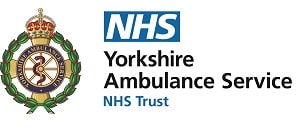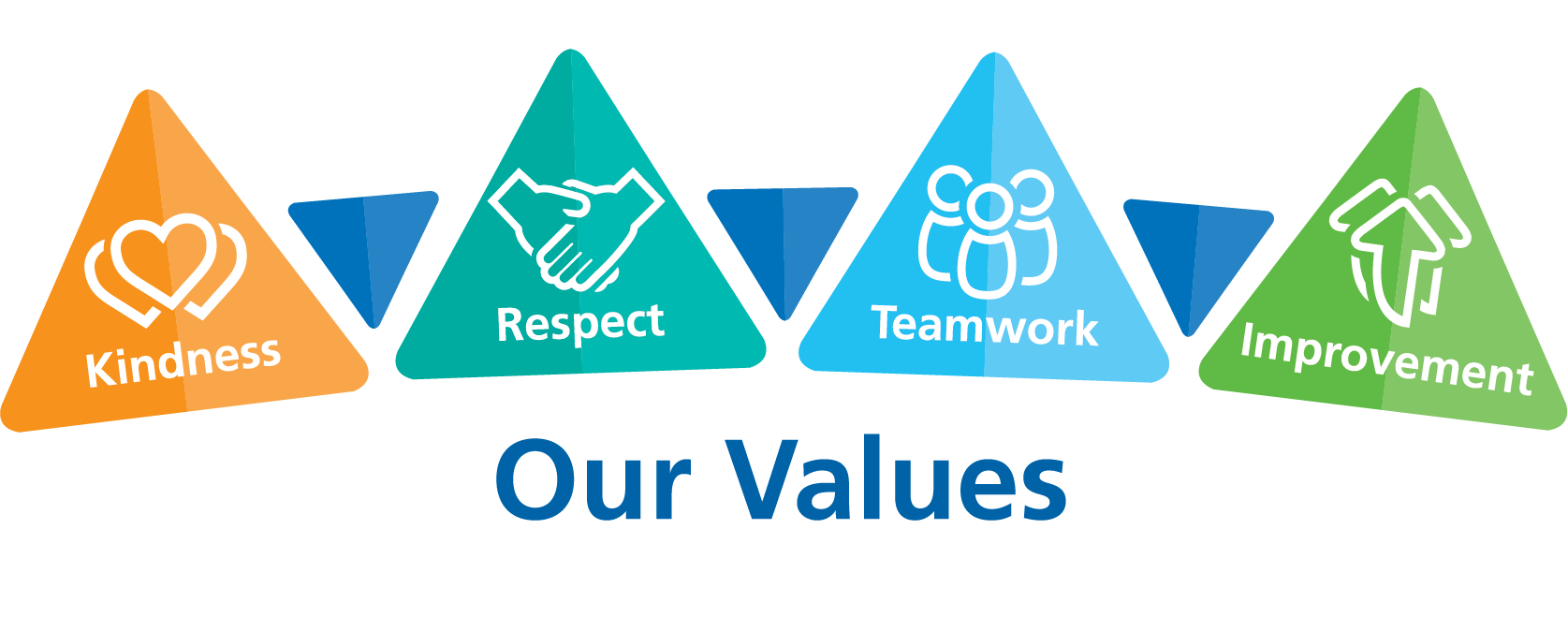what3words
17 September 2019
Yorkshire Ambulance Service NHS Trust (YAS) has joined other UK emergency services to roll out what3words location technology which has already been used to good effect across the county.
what3words has divided the world into a grid of 3m x 3m squares and given each square a unique three-word address which can be obtained using an app. For example, ///bullion.rooftop.padlock will take you to the National Coal Mining Museum for England in Overton, near Wakefield and ///kite.chats.dine identifies a precise spot in a field next to the River Ouse in York.
Staff in the YAS Emergency Operations Centre (EOC) have been trained to use the what3words technology when arranging responses to incidents. Using three-word addresses gives callers a simple way to describe precisely where help is needed.
Trevor Baldwin, YAS Head of EOC Service Development, said many 999 callers had already used the technology to help identify their location.
He added: “Having this type of technology integrated within our EOC system has changed the way we are able to deal with incidents where the location isn’t known.
“Asking people questions about their location when they have little knowledge of an area takes time and responses aren’t always that accurate. Asking for a three-word address or sending an SMS so they can easily provide their three-word address, means that we can save valuable time locating incidents.
“We have used it every day since it was introduced on 1 August. It has been particularly helpful when identifying the locations of road traffic collisions, but the biggest success story to date was when it was used to help us find a runner in cardiac arrest who we then managed to resuscitate. Time is precious in these circumstances.
“We are keen to spread the word about the benefits of what3words and would encourage everyone to download the app.”
In an emergency situation, identifying precisely where help is needed is critical - and this can be near impossible if you are in an area with no address or if that address isn’t good enough to describe exactly where you are. For example, postcodes can apply to areas over one mile square and there can be many Church Roads in a large city.
In these moments, emergency services can lose precious time and resources just trying to locate the person in need of help. At best, this can be frustrating, and at worst it wastes crucial minutes that are the difference between life and death. Now, in an emergency where a location is difficult to describe, callers are able to give their three-word address from the what3words app.
The solution can be particularly effective for emergencies in rural locations like farms, beaches, coastline or moorland where it can be complex, imprecise and difficult to communicate location without any addresses or points of reference nearby. And even in a well-addressed town or city, the person in distress may not be familiar with their surroundings, or able to share a location with accuracy - for example, the description ‘near Leeds Arena’ will not get help emergency services to get to the right place.
At YAS, as the what3words technology is now embedded in the computer aided dispatch (CAD) system, if someone calls 999 and doesn’t have the app on their phone, a link can be sent directly to them. These three words can then be used by the EOC to identify the precise location of the incident and direct resources to exactly where they are required.
The app is free to download for both iOS and Android, or by browser, and works offline – making it ideal for use in areas with an unreliable data connection. The three-word address format is also consistent anywhere in the world, and available in 36 languages.
Produced by: Corporate Communications Department

